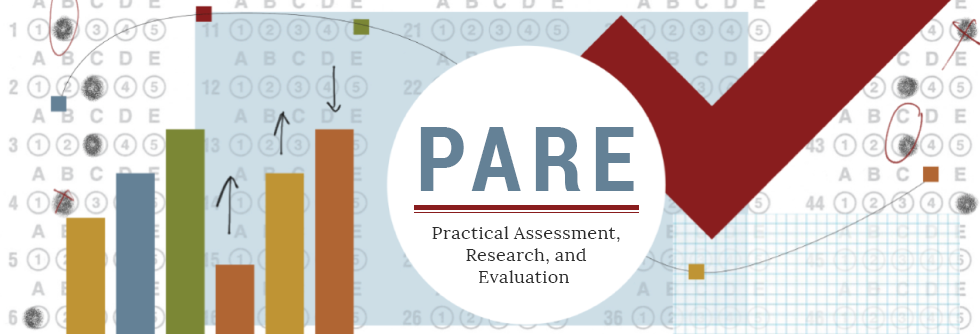An introduction to the analysis of ranked response data
DOI
https://doi.org/10.7275/tgkh-qk47
Abstract
Researchers in many disciplines work with ranking data. This data type is unique in that it is often deterministic in nature (the ranks of items k-1 determine the rank of item k), and the difference in a pair of rank scores separated by k units is equivalent regardless of the actual values of the two ranks in the pair. Given its unique qualities, there are specific statistical analyses and models designed for use with ranking data. The purpose of this manuscript is to demonstrate a strategy for analyzing ranking data from sample description through the modeling of relative ranks and inference regarding differences in ranking patterns between groups. An example dataset of university faculty ratings of job characteristics was used to demonstrate these various methods, and the ways in which they can be tied together to obtain a comprehensive understanding of a ranking dataset. The analyses were carried out using libraries from the R software package, and the code for this purpose is included in the appendix to the manuscript.
Recommended Citation
Finch, Holmes
(2022)
"An introduction to the analysis of ranked response data,"
Practical Assessment, Research, and Evaluation: Vol. 27, Article 7.
DOI: https://doi.org/10.7275/tgkh-qk47
Available at:
https://scholarworks.umass.edu/pare/vol27/iss1/7
Supplemental data for analysis
